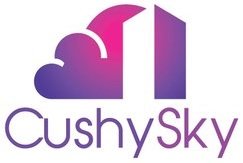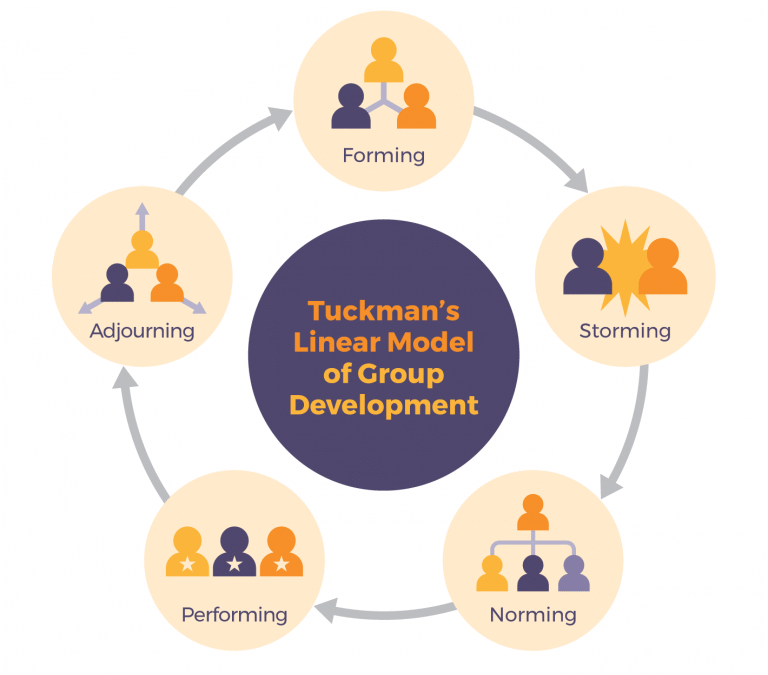Executive Summary:
Oracle Cloud (ERP) is a comprehensive suite that helps organizations manage core business functions like accounting, financial management, procurement, and project delivery — all on a unified, cloud-native platform.
Implementing Oracle Cloud ERP isn’t just a tech upgrade — it’s a full-scale transformation. Done right, it streamlines operations, empowers decision-makers, and delivers measurable ROI fast. But the road to success is rarely straight. That’s why this white paper offers you a 5-stage tactical roadmap infused with strategic clarity — a proven playbook based on Oracle’s official methodology, partner insights, and CushySky’s on-the-ground experience delivering safe, agile, and business-aligned Oracle Cloud transformations.
Whether you’re moving off legacy systems or scaling your existing Oracle Cloud footprint, this guide equips you with the clarity, structure, and motivation to act now — with confidence.
Why This Playbook Matters
Let’s face it: ERP implementations often get a bad rap. Overruns, missed expectations, endless meetings. But here’s what’s different now:
-
Modern cloud ERP is faster, lighter, and more modular.
-
Oracle offers a mature SaaS platform with embedded best practices.
-
Success now depends less on technical complexity and more on readiness, mindset, and orchestration.
At CushySky, we help mid-market clients unlock value from Oracle Cloud ERP using our own Oracle-aligned frameworks. This playbook builds on Oracle’s five-stage guidance — Plan, Implement, Verify, Prepare, Deliver — and overlays strategic layers at every turn to ensure your project moves with purpose, momentum, and agility.
Stage 1: PLAN
Lay a Strategic Foundation
Every successful ERP project starts with clarity. Clarity about the “why,” the “who,” and the “how.”
Your tactical checklist includes:
-
Writing a mission statement and project charter
-
Defining scope, budget, key risks, and stakeholders
-
Mapping business priorities to ERP capabilities
-
Building the right team with empowered business and IT voices
-
Engaging an executive sponsor to break silos and resolve blockers
-
Setting a realistic timeline based on phases and value drops
Strategic overlay:
This is not “just another IT project.” This is a transformation lever. Tie your ERP goals directly to growth, margin expansion, and resilience. Use the planning phase to get buy-in from leadership early and establish your cloud ERP as a board-level conversation.
SALES THOUGHT #1: Show them how Oracle Cloud ERP will solve real problems — faster closes, reduced overhead, real-time insights, audit readiness — and improve lives across finance, HR, and operations.
Stage 2: IMPLEMENT
Build with Confidence and Speed
Now comes the heavy lifting — configuring the system, migrating the data, setting up roles, and integrating what matters. But don’t worry — Oracle Cloud ERP was built to be configured, not customized. That means faster setups and fewer surprises.
Your tactical focus:
-
Configure core modules (GL, AP, AR, Procurement, etc.)
-
Leverage Oracle Modern Best Practices as templates
-
Use Oracle Integration Cloud (OIC) for clean integration
-
Apply the ETL method for data migration (Extract, Transform, Load)
-
Evaluate if extensions are truly needed — and document them
-
Start mapping reporting needs vs. built-in capabilities
Strategic overlay:
Implementation isn’t just execution. It’s alignment. Align technical work to business value. Use this phase to enable internal champions, document your “day in the life” for each persona, and gather stories to build momentum.
SALES THOUGHT #2: Help your clients imagine the ERP in their world — not just on a Gantt chart. Show them what daily life will feel like with automation, dashboards, and connected systems.
Stage 3: VERIFY
Inspect Before You Launch
This is your assurance phase. It’s where you validate that what’s been built matches what was envisioned — across configurations, workflows, data, and security.
Key steps:
-
Conduct full data validation — not just completeness, but quality
-
Archive non-critical data from legacy systems
-
Test all critical workflows end-to-end (CRUD: Create, Read, Update, Delete)
-
Ensure job roles, access controls, and user responsibilities align
-
Get formal signoff from business owners and exec sponsors
Strategic overlay:
Verification isn’t just technical QA. It’s a trust-building exercise. Involve your business users early — especially finance, procurement, and HR — so they feel heard and invested in the go-live.
SALES THOUGHT #3: Show your delivery process is not a black box. Give clients a peek into how it’s delivered — with transparency, business validation, and clear checkpoints.
Stage 4: PREPARE
Ready the Business, Not Just the System
With green lights from testing, it’s time to transition from “project mode” to “production mindset.” This phase ensures both the system and your people are ready for the change.
What you’ll focus on:
-
Final system setup (initial values, punch list resolution)
-
User provisioning and communication
-
Change management and training
-
Business readiness assessment
-
Final go/no-go decision with full stakeholder buy-in
Strategic overlay:
Make this phase about confidence and energy. Brand your ERP launch. Communicate how it supports each team’s goals. Help users feel excited and equipped, not overwhelmed.
SALES THOUGHT #4: Make a powerful offer: “We’ll walk beside you until your teams don’t just use Oracle Cloud — they love it.” Own the stage. Show up strong.
Stage 5: DELIVER
Launch, Learn, and Lead
This is the moment you’ve been working toward: go-live. But remember — the end of implementation is the beginning of value realization.
Steps to success:
-
Monitor performance and user activity from day one
-
Keep support lines open — provide quick wins, not delays
-
Measure adoption, accuracy, and business KPIs weekly
-
Celebrate success (yes, really!)
-
Conduct retrospectives to build internal ERP muscle
Strategic overlay:
Don’t let inertia creep back in. Now’s the time to anchor your ERP success story and prepare for what’s next: rolling out more modules, enabling advanced features, integrating analytics.
SALES THOUGHT #5: Give them a reason to buy — or expand — now. Remind them of the cost of doing nothing: inefficiency, manual workarounds, compliance risk.
Key Takeaways: The CushySky Difference
We don’t just implement Oracle Cloud ERP. We help our clients:
- Envision what’s possible
- Experience real progress within 90 days
- Align ERP projects to funding, leadership, and business metrics
- Move fast — but safely — with reusable templates and accelerators
- Build capability, not dependence
SALES THOUGHTS #6 & #7:
Grab attention with fresh thinking and visual clarity. Overcome inertia with urgency and exclusivity:
“We’re currently booking Q3 readiness assessments — let’s secure your timeline now.”
Conclusion: Make Your Move with CushySky
You don’t need to figure it all out before you begin. The most successful Oracle ERP transformations don’t start perfect — they start committed. If you’re ready to move from legacy to modern, manual to automated, isolated to integrated — we’re here.
Let’s write your cloud success story, together.
Ready to build your roadmap? Let’s talk.


